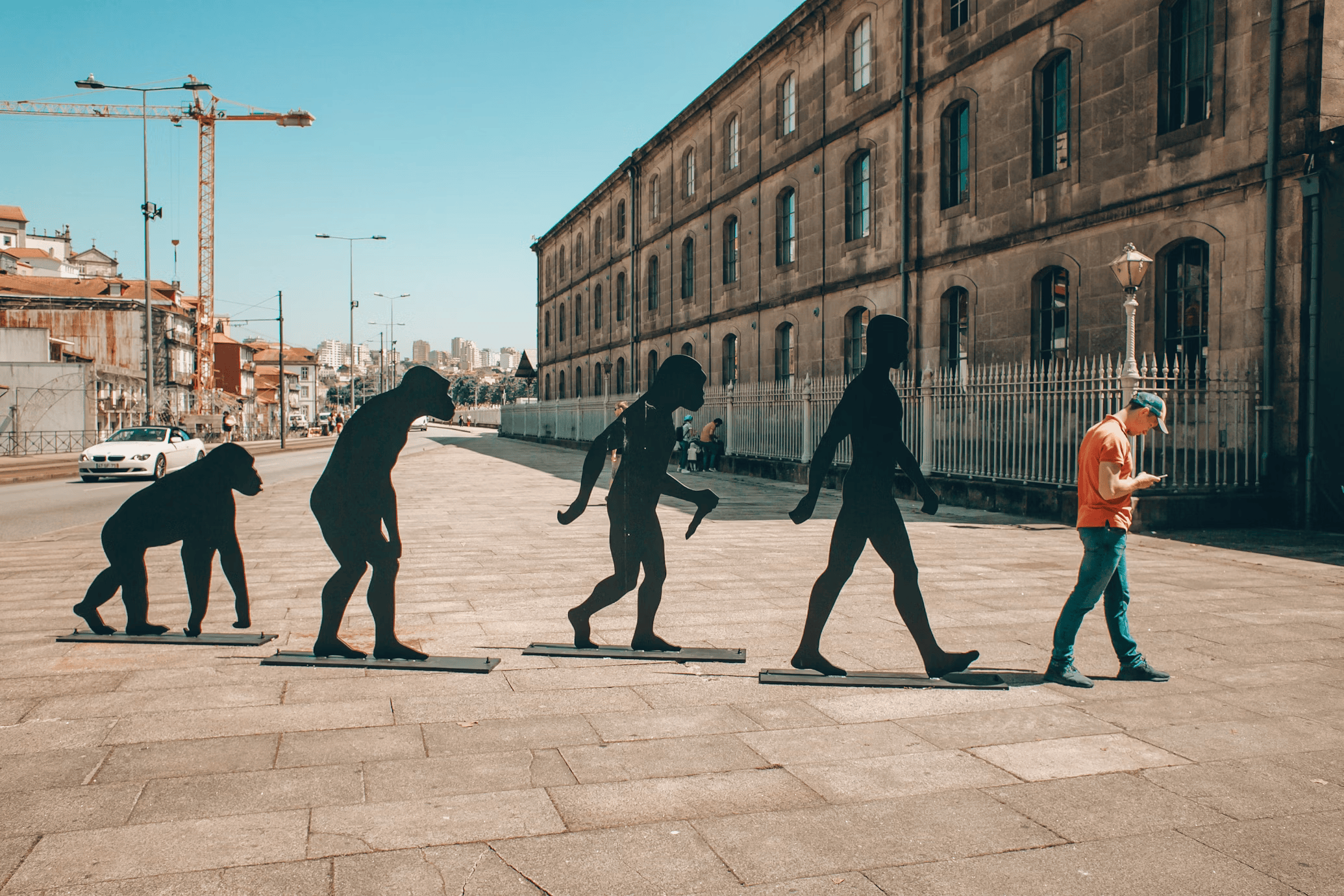
From Brochures to AI: The Evolution of Tourism Content
2025-08-11
Not so long ago, the first stop for any traveler was the local tourist office where they’d grab a paper map, flip through a stack of brochures, and hope the information was still up to date.
Today, visitors arrive with smartphones in hand, asking questions like:
What’s nearby with great views and vegan options?
Is there a family-friendly trail open right now?
The way travelers seek information has changed dramatically and destinations that adapt are the ones that thrive.
Let’s take a journey through the evolution of tourism content — from printed brochures to AI-powered assistants — and explore how modern tools like CityBot are redefining what it means to welcome visitors in the digital age.
1. The Era of Paper: Brochures, Maps & Bulletin Boards
For decades, tourism information was physical:
- Colorful brochures
- Fold-out maps
- Printed event calendars
- Bulletin boards in hotels and cafés
These tools were effective in their time, tangible, easy to distribute, and visually appealing. But they came with limitations:
- Outdated quickly (events change, businesses close)
- Expensive to print and update
- Not accessible to all (language barriers, visual impairments)
- Hard to measure impact (How many people read that hiking brochure?)
And let’s not forget the environmental cost: thousands of leaflets, often discarded after a single use.
Still, paper had one big advantage: it told a coherent story.
2. The Rise of Websites & PDFs
As the internet became ubiquitous, destinations moved online:
- Tourism websites
- Downloadable PDF guides
- Static digital maps
This was progress: information could be updated more easily, accessed remotely, and made available in multiple languages.
But this phase had its own challenges:
- Passive content: Visitors had to search manually.
- Poor mobile experience: Many sites weren’t optimized for phones.
- No personalization: Everyone saw the same homepage.
- Low engagement: A PDF is just a digital brochure.
We were still asking visitors to do the work — scrolling, filtering, deciding.
3. Mobile Apps & Interactive Maps
Next came mobile apps and interactive web maps — a leap forward in usability.
Visitors could now:
- Tap to see nearby attractions
- Get turn-by-turn directions
- View photos and opening hours
These tools offered richer experiences, but adoption was mixed:
- App fatigue: Few tourists download a new app just for one city.
- High development cost: Custom apps are expensive to build and maintain.
- Fragmented content: POIs often lived in silos across different platforms.
And while maps were interactive, they still lacked intention — they showed what’s here, but not what you’d love.
4. The Age of AI: Conversational, Personalized & Proactive
Now, we’ve entered a new era — one where tourism content is:
- Conversational (ask in natural language)
- Personalized (based on interests, time, weather, individual requests)
- Real-time (updated instantly in the cloud)
- Sustainable (zero paper, zero waste)
This is where AI-powered travel assistants come in.
Imagine a visitor typing into their phone:
“I’m looking for a quiet place to sit and read, with coffee nearby.”
Instead of browsing categories, they get a smart, instant reply:
“Try the lakeside bench at Greenfield Park. The Lakeside Café is just 2 minutes away and opens at 8 AM.”
This isn’t sci-fi. It’s possible today — with our platform solution CityBot.
The Future Is Intelligent, Inclusive & Effortless
At Citybot, we believe the future of tourism information is:
- Intelligent: AI suggests what visitors didn’t know they wanted.
- Mobile: Accessible to all visitors on their device, no matter which platform
- Effortless: No endless browsing, no digging — just ask and go.
- Economical: No more silo app development, on flexible and configurable platform that works for all with a much lower development and maintenance costs.
You don’t need to abandon your beautiful brochures or website.
But you do need a digital layer that’s dynamic, smart, and ready for the way people travel today.
Ready to Make the Leap?
The journey from paper to AI isn’t a giant leap — it starts with a single step: digitizing and structuring your POI data in a cloud CMS.
From there, you can:
- Publish thematic tours
- Add multimedia
- Power AI recommendations
- Gain insights from visitor queries and user behaviour (anonymized)
Citybot makes it easy to manage it all in one place and deliver the right information, to the right person, at the right time.
Transform your destination’s storytelling — from static to smart.